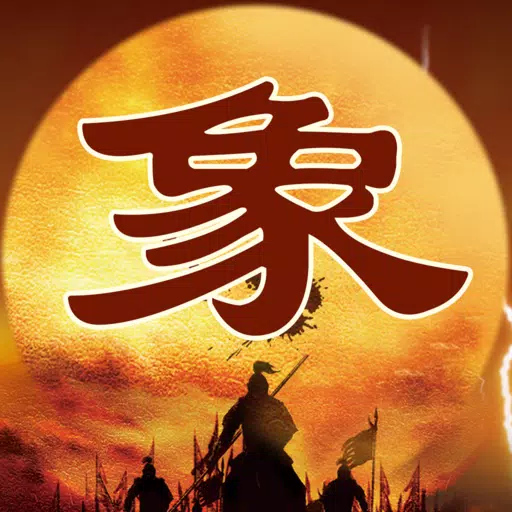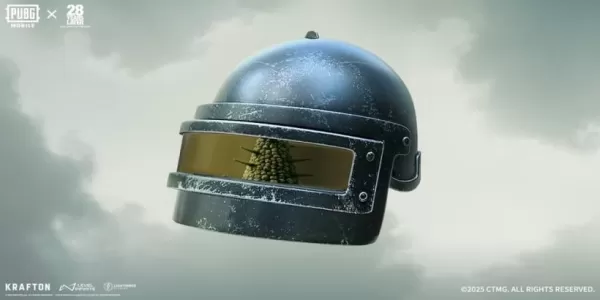A chess game that combines the theme of the Three Kingdoms, integrating various gameplay modes, allows players to conquer all levels, challenge every hero, and quickly master chess endgames. Xiangqi, a type of chess originating from China, is a two-player strategy game with a rich history. Due to its simple yet engaging pieces, it has become a widely popular chess activity.
Chess Pieces
Xiangqi features thirty-two pieces, divided into two teams: red and black, with each team comprising sixteen pieces across seven types. The pieces are as follows:
- Red Chess Pieces: One handsome, two rooks, two horses, two cannons, two advisors, two elephants, and five soldiers.
- Black Chess Pieces: One general, two rooks, two horses, two cannons, two guards, two elephants, and five pawns.
Handsome/General
The red side's leader is called "handsome," while the black side's is "general." Both are the primary targets in the game. They can only move within the "palace," moving one square at a time either vertically or horizontally. The handsome and general cannot face each other directly on the same vertical line, as this results in an immediate loss for the moving player.
Advisors/Guards
The red side's "advisors" and the black side's "guards" are also confined to the palace. They move diagonally within the palace, one square at a time.
Elephants/Phases
The red "elephants" and black "phases" move diagonally two squares at a time, known as "flying the field." Their movement is restricted to their half of the board and cannot cross the river. If a piece blocks the center of their path, they cannot move, a situation known as "blocking the elephant's eye."
Rook/Chariot
The rook, or chariot, is the most powerful piece in Xiangqi. It can move any number of squares along ranks or files, as long as no piece blocks its path, known as "driving straight." A rook can control up to seventeen points, hence the saying, "one chariot can handle ten soldiers."
Cannon
The cannon moves like the rook when not capturing, but to capture, it must jump over exactly one piece, whether friendly or enemy, known as "firing across the screen" or "over the mountain."
Horse/Knight
The horse, or knight, moves in an "L" shape, known as "stepping on the day." It can reach up to eight points around it, hence the phrase "eight directions of majesty." If a piece blocks its path, the horse cannot move, known as "tripping the horse's leg."
Soldiers/Pawns
The red "soldiers" and black "pawns" move forward one square at a time and cannot retreat. Before crossing the river, they cannot move sideways. After crossing, they gain the ability to move left or right one square, significantly increasing their power, leading to the saying, "small pawns crossing the river can challenge a chariot."
Players take turns moving their pieces, embodying the strategic principles from Sun Tzu's "Art of War," such as "winning without fighting" and "subduing the enemy without battle." The game ends in victory by checkmating or trapping the opponent's general (handsome). The red side moves first, and the game continues until a win, loss, or draw is determined. Through the intricate dynamics of attack and defense, feints and realities, and overall and local strategies, players can enhance their cognitive abilities.



















